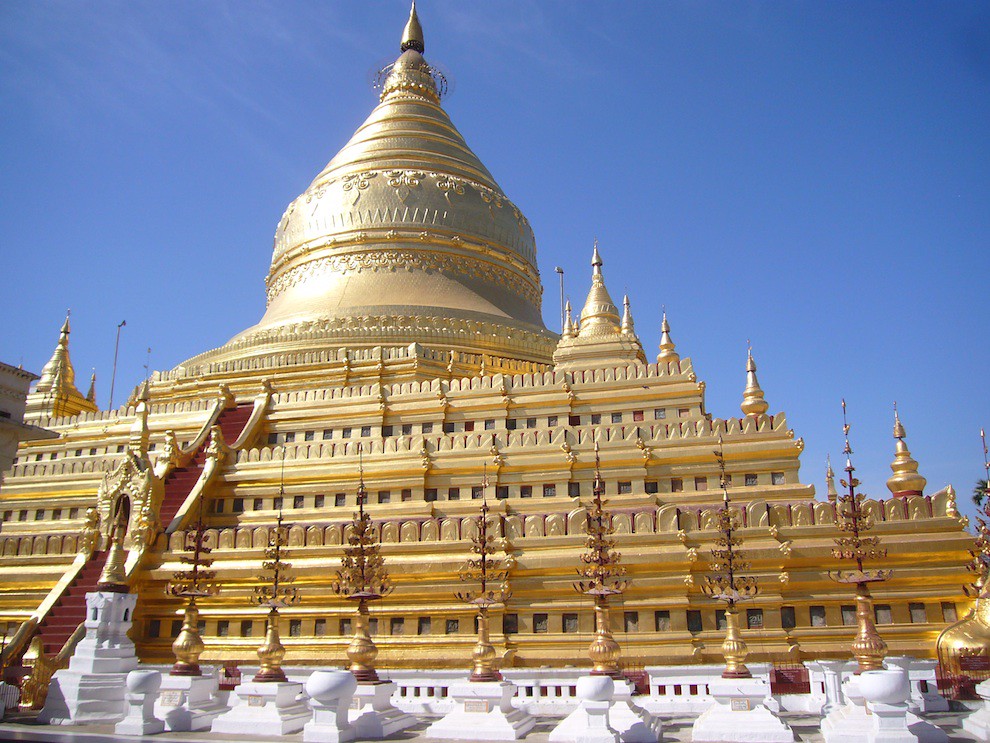Christ in Rio - That's one big statue
from: http://triggerpit.com/
Christ the Redeemer (Portuguese: Cristo Redentor) is a statue of Jesus Christ in Rio de Janeiro, Brazil; considered the second largest Art Deco statue in the world. It is 39.6 metres (130 ft) tall, including its 9.5 metres (31 ft) pedestal, and 30 metres (98 ft) wide. It weighs 635 tonnes (625 long,700 short tons), and is located at the peak of the 700-metre (2,300 ft) Corcovado mountain in the Tijuca Forest National Park overlooking the city. A symbol of Christianity, the statue has become an icon of Rio and Brazil. It is made of reinforced concrete and soapstone, and was constructed between 1922 and 1931.



Jesus Christ statue (the Redeemer) in Rio de Janeiro, Brazil, among clouds
Photo credit: Iko/braziltravelpictures
Photo credit: Iko/braziltravelpictures
Corcovado from the airplane
As we were coming in to land at Santos Dumont airport in Rio de Janeiro, we flew by Corcovado which is dominated by the famous statue of Christ overlooking the city. I had a good view of it from my window although the sun angle was not at its best to take a photograph. I took it anyway, and with some of the fancy software available today I was able to make some adjustments and turn it into a semi-acceptable shot. It presents the popular landmark from an unusual perspective not often seen except in postcards. Photo Credit: Yvon from Ottawa
As we were coming in to land at Santos Dumont airport in Rio de Janeiro, we flew by Corcovado which is dominated by the famous statue of Christ overlooking the city. I had a good view of it from my window although the sun angle was not at its best to take a photograph. I took it anyway, and with some of the fancy software available today I was able to make some adjustments and turn it into a semi-acceptable shot. It presents the popular landmark from an unusual perspective not often seen except in postcards. Photo Credit: Yvon from Ottawa

Cristo Redentor statue on top of Corcovado, a mountain towering over Rio de Janeiro.
In the background the Ipanema and Leblon beaches separate the lagoon from the Atlantic Ocean. Photo Credit: wikicommons/Klaus with K
Click here for the FULL GALLERY - 34 pics
In the background the Ipanema and Leblon beaches separate the lagoon from the Atlantic Ocean. Photo Credit: wikicommons/Klaus with K
Click here for the FULL GALLERY - 34 pics
Posted by gjblass at 2:45 PM 0 comments
Labels: Brazil, Jesus, Jesus Christ, Religion, Rio de Janeiro, sculpture, Statue, World Religions














